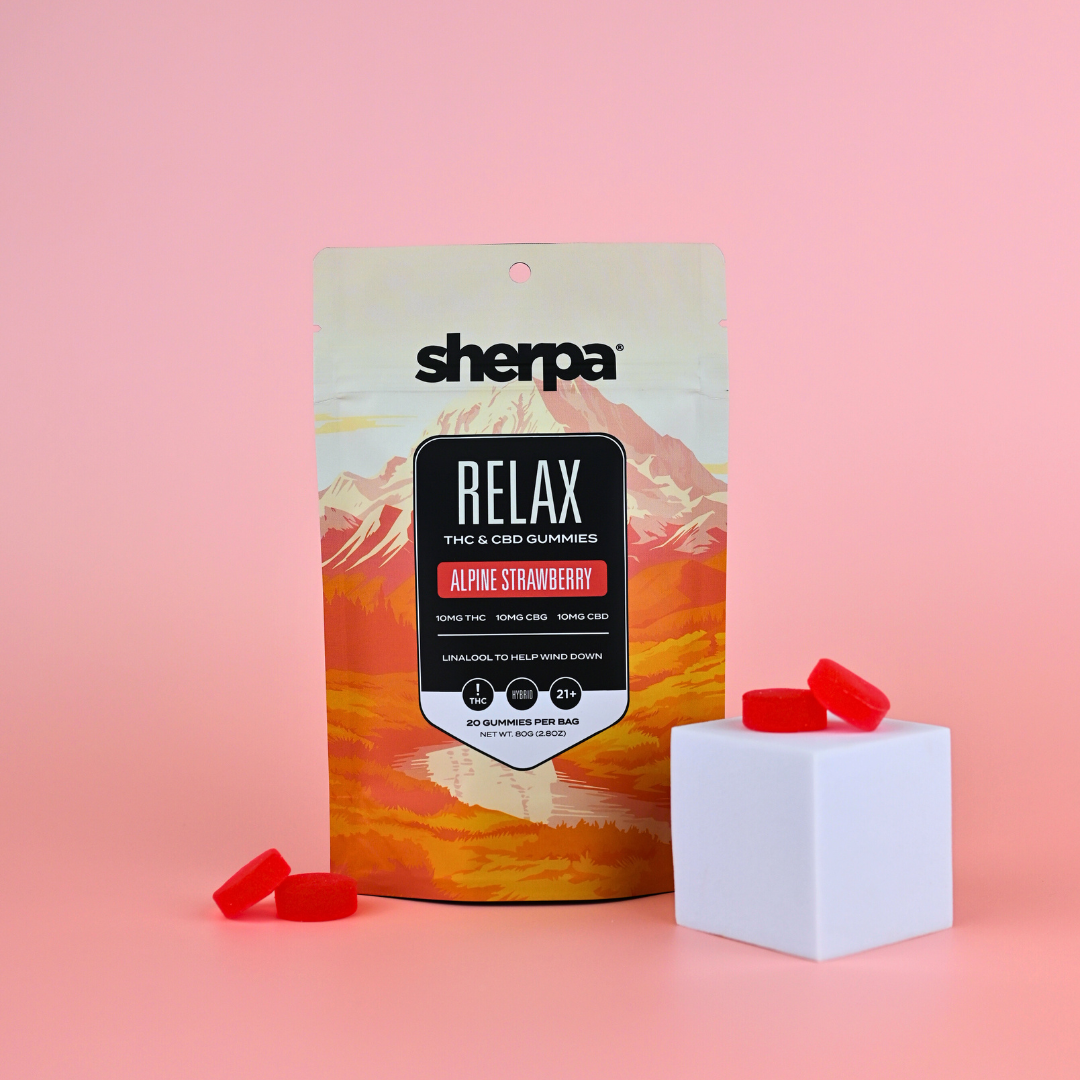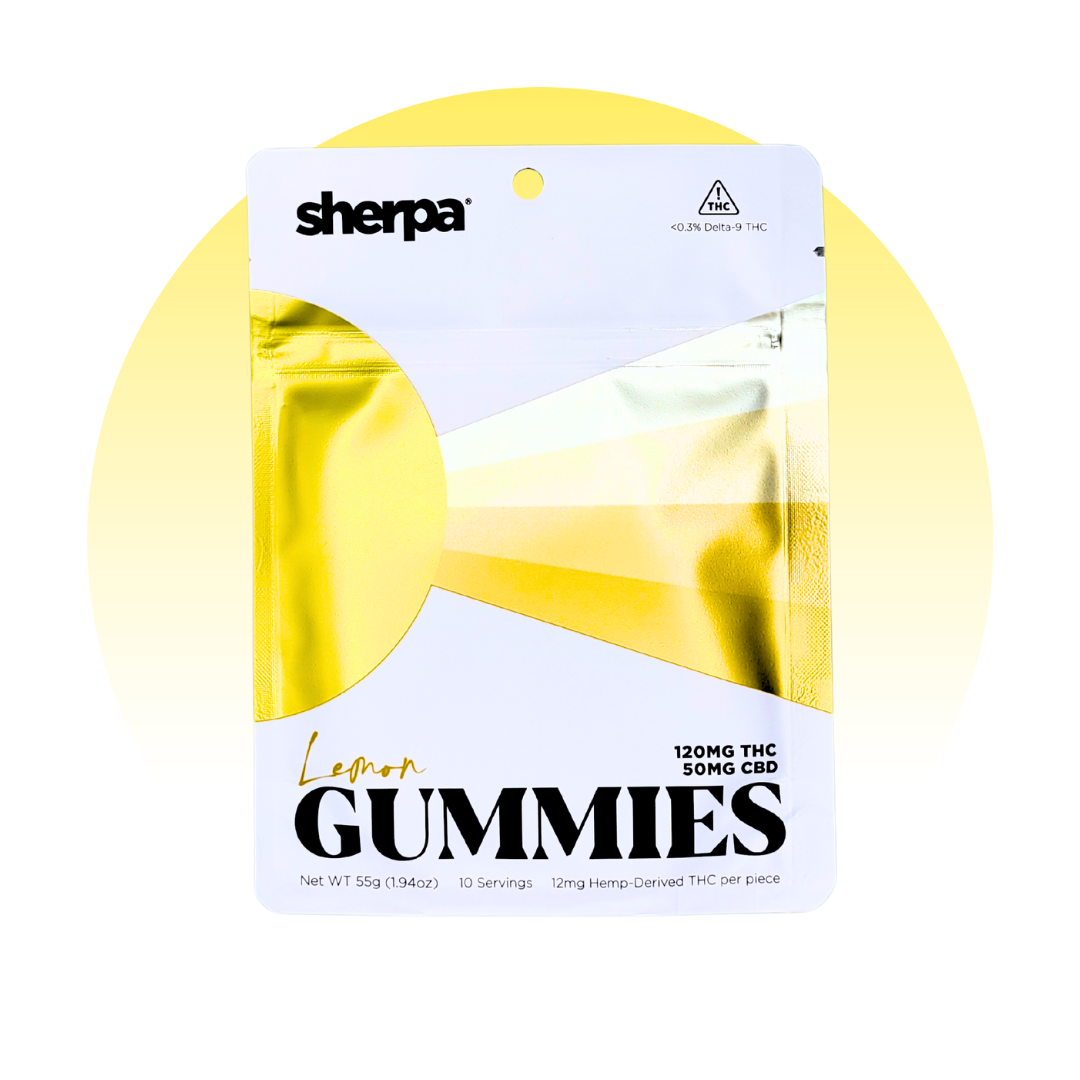-
 All
All
-
 THC Gummies
THC Gummies
-
 THC Sour Belts
THC Sour Belts
-
 THC Rice Krispie Bites
THC Rice Krispie Bites
-
 THC Candy and Sweets
THC Candy and Sweets
-
 THC Tablets
THC Tablets
-
 CBD Topicals With THC
CBD Topicals With THC
-
 CBD Pet Treats
CBD Pet Treats
-
 Sampler Pack
Sampler Pack
-
 Bundles
Bundles
Cannabis Topicals
Topical products are great for sore and sensitive areas. Just roll it on and feel the relief!
Frequently Asked Questions
So here's something pretty unique. Topical cannabis products are a category of cannabis-infused items designed for external application to the skin. No eating, no smoking, no vaping. That's because topicals do not enter the bloodstream but instead interact with cannabinoid receptors in the skin and underlying tissues. This localized approach makes them particularly helpful for targeting specific areas like sore shoulders or inflamed joints.
One of the most important things to understand about Cannabis topicals, though, is the difference between CBD and THC. Both potent cannabinoids, both important in pain relief. Let's take a closer look, though.
When it comes to cannabis topicals, CBD and THC are going to be your key players. But like players on a team, they're going to offer distinct benefits and effects due to their different interactions with the body.
Let's talk about CBD first. It's mostly known for its anti-inflammatory, analgesic, and antioxidant properties and is commonly used in topicals for conditions like arthritis, muscle soreness, and various skin issues like eczema or acne. CBD can help reduce pain and inflammation and promote overall skin health.
THC has some pretty considerable anti-inflammatory and analgesic properties as well. It is often used in topicals for its muscle-relaxing effects and to provide relief from localized pain and discomfort. THC topicals might be preferred for more intense pain relief or to address conditions where THC's additional properties like enhancing relaxation, are wanted.
The mechanism of action is different for these two cannabinoids, too. CBD interacts with the body's endocannabinoid system by influencing receptors that regulate pain, inflammation, and immune responses. It does not bind directly to cannabinoid receptors but instead modulates their activity, which contributes to its therapeutic effects. On the other hand, THC binds directly to CB1 receptors in the endocannabinoid system, which are primarily found in the brain and central nervous system. In topicals, its action is more localized to the application site, affecting cannabinoid receptors in the skin and tissues to give you relief.
So with all of this talk about cannabinoids — particularly THC — you might be wondering if this is going to put you into the clouds. Definitely a good question, so let's get into it.
The short answer is no. Why? Because cannabis topicals are supposed to be applied directly to the skin, so their effects are localized rather than systemic. But what does that mean, exactly?
Like we said above, cannabis topicals work by interacting with cannabinoid receptors in the skin and underlying tissues. Those receptors are part of the endocannabinoid system, which helps regulate various physiological processes like your sleep, your appetite, and your mood. When cannabinoids like CBD or THC are applied topically, they really only affect the area where they are applied.
For a cannabinoid to produce psychoactive effects, it needs to be absorbed into your bloodstream and cross the blood-brain barrier. Since these products are designed to work at the surface level or just beneath it, the cannabinoids aren't going to penetrate deeply enough to reach the bloodstream in significant enough quantities, making it very unlikely for them to cause a high, even though they do contain THC. You're not going to be rolling it on your brain, after all.
That said, while most users will not experience a high from cannabis topicals, individual responses can vary. Factors like your skin's sensitivity, the concentration of cannabinoids, and specific product formulations might influence your overall experience. The general expectation, though, is that topicals will not cause any sort of intoxication or alter your mental state. Rub it on your aching back before going to work. Shouldn't make a difference in your cognitive abilities.
That might have you wondering, though…
Generally speaking, cannabis topicals have a low risk of causing a positive result on a drug test. However, there are some considerations to keep in mind. Even if THC is present, the amount absorbed into the bloodstream from topical application is typically minimal. Since drug tests mostly detect THC metabolites in the urine or blood, the low absorption from topicals means that the likelihood of a positive result is quite low. With that in mind, we cannot make sweeping guarantees.
Extremely sensitive tests or unusual circumstances might theoretically reveal trace amounts of THC in your system. This is more likely in cases where very high concentrations of THC are used or if the topical is applied excessively, so keep that in mind. If you're worried about the results of a drug test, it might be better to take some aspirin for the time being.
All good? Great. Let's talk about how to get the most out of these products.
Cannabis topicals give users the ability to target their approach to managing localized pain, inflammation, and skin conditions. To maximize the benefits and ensure effective use, here are some best practices:
Do a Patch Test: If you're trying a new topical, you should really do a patch test before a full application. Apply a small amount to a small area of skin and wait a few hours to check for any reactions or sensitivities. Everyone is built differently, and this test will help ensure that the product is compatible with your skin.
Put it on Clean Skin: Before applying a cannabis topical, clean the area of the skin where you plan to apply the product. This helps remove any dirt, oil, or other gunk that could interfere with the absorption of the topical. Also, make sure your skin is dry before application, or it's going to get goopy pretty quickly.
Apply Generously: Use a sufficient amount of the topical to cover the affected area. For localized pain or inflammation, a thin layer may be adequate, but for larger areas or more significant issues, you may need to apply a bit more. Gently massage the product into the skin until it is fully absorbed.
Avoid Sensitive Areas: Be cautious when applying topicals near sensitive areas. If the product accidentally gets into your eyes, rinse thoroughly with water. If irritation occurs, discontinue use and consult a healthcare professional.
Store Properly: Keep cannabis topicals in a cool, dry place, away from direct sunlight and heat. Proper storage helps maintain the product's effectiveness and prevents any degradation. Ensure that containers are tightly sealed to prevent contamination. We recommend keeping it in the fridge — applying it when it's cold feels great on aching muscles.
Consult with Professionals: Finally, if you're using cannabis topicals for a specific medical condition like arthritis or eczema, consult with your healthcare provider. While cannabis topicals are definitely effective, you don't want to do anything that could create more problems or interfere with any medication you're currently taking.
Now that you know how to use these products effectively, you might have a nagging question that we should address. Are cannabis topicals legal?
So the short answer is yes, our cannabis topicals are perfectly legal to purchase and use in the United States. That has everything to do with the 2018 Farm Bill, which clearly defined three terms: cannabis, hemp, and marijuana.
The first thing to understand is that cannabis is the umbrella term. Hemp and marijuana are two variants of the same plant. According to the legislation, hemp has less than 0.3 percent THC concentration by dry weight; anything above that is marijuana. Hemp is perfectly legal to cultivate and process, while marijuana is still federally illegal.
All of Sherpa's products are hemp-derived, which means you're not going to get into any trouble for purchasing and using them.
















